Treatments
Treatment can vary depending on your diagnosis.
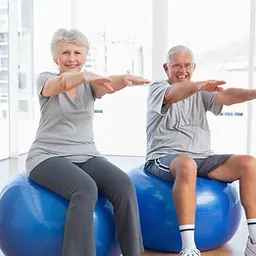
Balance Training
Walk faster with more confidence and less assistance by working on specific balance exercises. We will design a customized program based on your unique case.
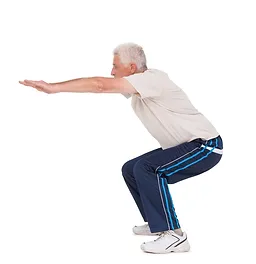
Therapeutic Exercise
Gain strength, flexibility, range of motion and endurance to improve your ability to move. You may benefit from therapeutic exercise if you have difficulty with walking, standing from the couch, or getting in and out of bed.
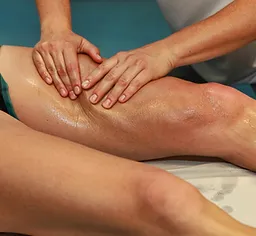
Massage/Soft Tissue Mobilization
Soft tissues such as muscles, tendons, and fascia may restrict your flexibility and joint motion. Mobilizing these tissues will increase blood flow and change the composition of collagen fibers to increase soft tissue mobility and decrease pain.
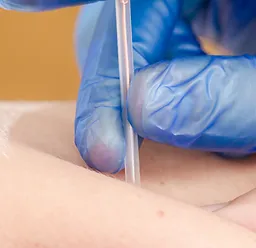
Dry Needling
Dry Needling is a skilled intervention that uses a thin filiform needle to penetrate the skin and stimulate underlying trigger points in muscle and connective tissue. Dry Needling can often provide immediate pain relief and improvement in range of motion. Due to recent legislation, this treatment cannot currently be performed in NJ or PA.
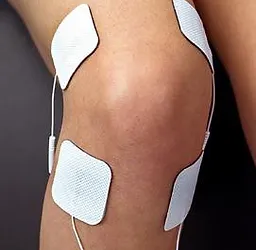
Electric Stimulation
Two of the most common types of electric stimulation used in Physical Therapy are TENS and NMES. Both involve placing two or four electrodes on the skin. TENS is used to decrease pain and NMES is used to increase muscle activation and strength. Electric stimulation is commonly used on the neck, back, shoulder and knee. It can be an excellent alternative to pain medication.
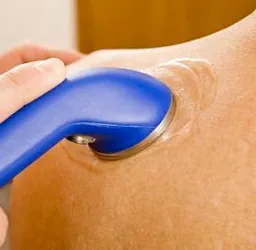
Ultrasound
Therapeutic Ultrasound can be used to provide deep heating to muscle tissue and to decrease inflammation. The transducer head is placed on the skin with conducting gel to transmit soundwaves.
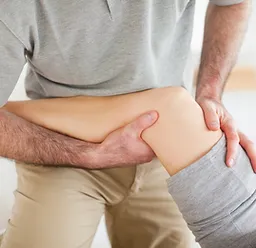
Joint Mobilization
Joint mobilization is performed to improve the mobility of restricted joints. Mobilizations can improve motion and decrease pain.

Education
Perhaps the most overlooked aspect of Physical Therapy is the education that will be provided to the patient and family members. Education should include a home exercise program so when discharged from therapy, you can maintain your gains.
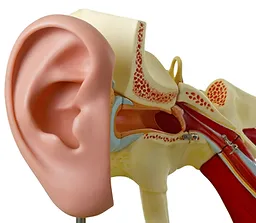
Canalith Repositing
Canalith Repositioning is performed for vertigo caused by inner ear dysfunction. We can perform specific techniques to reposition the calcium crystals in your semicircular canals. This technique can greatly reduce or eliminate vertigo symptoms.
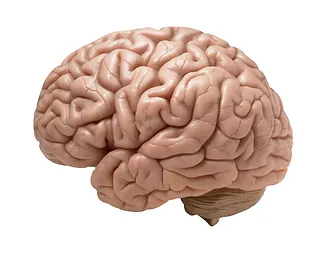
Dementia
Did you know that therapeutic exericse has been proven to lower the rate of mental detierioration in people with Dementia? Dementia is a general term for loss of memory and other mental abilities that affects daily life. The most common type of Dementia is Alzheimers Disease. Therapy can help by retraining the patient in specific functional tasks to make daily life easier. Part of therapy involves educating family members on strategies to care for their loved one as well as a daily exercise plan.
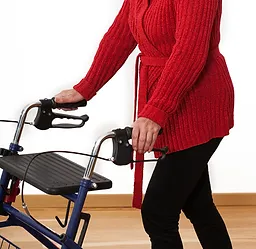
Parkinsons
Parkinsons Disease is characterized by tremor, slow movement, a shuffling gait, and loss of facial expression. This occurs due to a loss of neurons in your brain that carry the chemical dopamine. When dopamine levels decrease, it causes abnormal brain activity. Therapy can help with this condition by utilizing exercises that improve your coordination, strength, and mobility.
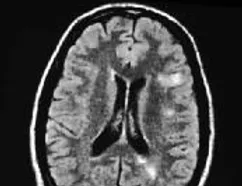
Multiple Sclerosis
Multiple Sclerosis (MS) involves demyelination of nerves which causes communication problems between your muscles and brain. Physical Therapy has been shown to improve symptoms of fatigue caused by MS. Therapy can also improve secondary symptoms from MS such as back pain.
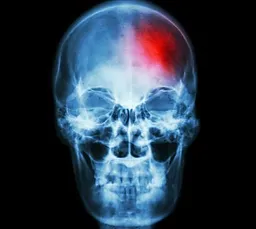
Stroke
Stroke, also known as a Cerebrovascular Accident (CVA) occurs when the blood supply to part of your brain is interrupted, depriving the brain of oxygen and nutrients, causing tissue death. Symptoms will depend on the region of brain affected. Therapy can improve function after a stroke by focusing on strength training, mobility and cognitive issues.
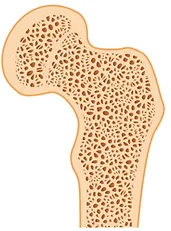
Parkinsons
Parkinsons Disease is characterized by tremor, slow movement, a shuffling gait, and loss of facial expression. This occurs due to a loss of neurons in your brain that carry the chemical dopamine. When dopamine levels decrease, it causes abnormal brain activity. Therapy can help with this condition by utilizing exercises that improve your coordination, strength, and mobility.
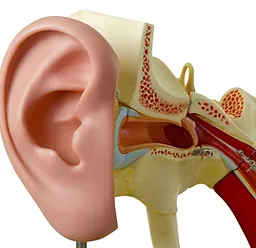
Inner Ear / Vertigo
Do you get dizzy or feel a spinning sensation when getting up from bed? It is possible you have Benign Paroxysmal Positional Vertigo (BPPV). BPPV is caused by displacement of calcium carbonate crystals within the inner ear. These crystals give you a sense of position. When displaced, you may experience a spinning sensation also known as vertigo. Physical Therapy can help by repositioning these crystals to their natural state, thereby eliminating vertigo.